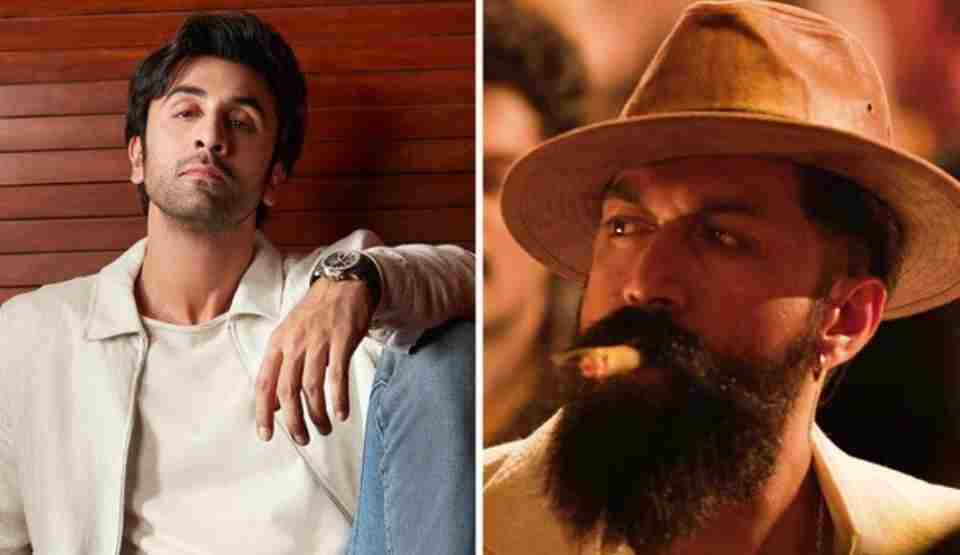That AI-generated photo of you posing with your favorite Bollywood actor? It could land you in legal hot water.
A Growing Legal Trend
Recent weeks have witnessed a wave of high-profile Bollywood figures taking legal action to safeguard their public personas. Director Karan Johar, along with actors Aishwarya Rai Bachchan and Abhishek Bachchan, have joined the ranks of celebrities seeking court protection for what’s known as “personality rights” or “publicity rights.”
These legal protections cover everything that makes a public figure recognizable—their name, appearance, vocal characteristics, distinctive mannerisms, and even signature phrases or gestures. The concept centers on an individual’s exclusive right to control and profit from their own identity while preventing unauthorized commercial exploitation.
India’s Legal Landscape
Unlike entertainment hubs such as California, where statutory laws explicitly protect publicity rights, India operates without dedicated legislation for personality rights. Instead, Indian judges rely on common law—legal principles developed through court decisions over time—to adjudicate these matters.
This legal gap has created widespread problems. Across India, small retailers and local businesses routinely display images of famous actors in their storefronts and advertising materials without permission, treating celebrity likenesses as free marketing tools.
Modern Threats to Identity
The latest wave of lawsuits filed with the Delhi High Court reveals troubling trends in identity misuse. Celebrities cite concerns about unauthorized merchandise bearing their images, fraudulent social media accounts and websites impersonating them, and perhaps most disturbingly, the creation of explicit AI-generated content using their likenesses.
Courts have consistently sided with the celebrities, ordering defendants and digital platforms to take down infringing material.
Historical Context
This battle isn’t new. In 2023, veteran actor Anil Kapoor pursued legal action against multiple websites and platforms for exploiting not just his name, image, and voice, but also his famous catchphrase “jhakaas”—a Marathi expression meaning “awesome” that became synonymous with him after appearing in one of his films.
The following year brought another victory when the Delhi High Court ruled in favor of actor Jackie Shroff, preventing unauthorized use of his name, likeness, and even his various nicknames.

The roots of personality rights litigation in Indian cinema trace back even further. According to Nikhil Krishnamurthy, a senior legal partner at K Law, the inaugural case came in 2002 when singer Daler Mehndi—internationally recognized for popularizing Bhangra music—took legal action over unauthorized dolls manufactured in his image.
Krishnamurthy, who represented Mehndi in that groundbreaking case, remembers the dolls flooding local markets. These toys replicated the singer’s signature colorful turbans and flowing robes, with battery-powered versions even performing his hit songs. The Delhi High Court’s decision to ban their production and sale established crucial legal precedent, paving the way for the surge in similar cases witnessed since 2023.
The Challenge of Uncodified Rights
Despite these courtroom victories, Krishnamurthy maintains that India lags significantly behind Western nations in protecting publicity rights. The absence of specific legislation means these cases depend entirely on common law, which develops through “judicial precedent,” explains attorney Dhruv Anand.
Vindhya S Mani, a partner at Lakshmikumaran & Sridharan Attorneys, notes that Indian courts must draw upon various existing laws—including copyright, trademark, and intellectual property statutes, as well as constitutional fundamental rights—to build their cases. This contrasts sharply with nations like Germany, Japan, and the United States, where personality rights have clear statutory definitions.
Denmark has taken an even more progressive stance, proposing copyright law amendments in June that would grant every citizen ownership rights over their own face, voice, and body.
The Question of Inheritance
A critical distinction emerges when comparing Indian and American approaches. As Anand points out, many U.S. states treat publicity rights as transferable property that families can inherit and protect after a celebrity’s death.
Tennessee provides a notable example. Following Elvis Presley’s death, control over his name and image transferred to his estate as a “descendable right,” allowing his family to continue managing and monetizing his public persona.
Indian law takes a fundamentally different position. Because personality rights connect to privacy rights under Article 21 of the constitution, and courts consider privacy to expire with the individual, personality rights similarly cannot be inherited.
This principle was tested in 2021 when the father of deceased actor Sushant Singh Rajput attempted to block a biographical film about his son. The Delhi High Court rejected the request, ruling that Rajput’s privacy, publicity, and personality rights ended with his death.
Rajput’s passing in 2020 sparked intense public interest and controversy, leading to numerous videos, films, and investigative reports speculating about the circumstances surrounding his death.
The Path Forward
Anand advocates for formally codifying personality rights within Indian law, arguing that clear legislation could address the inheritance question directly while reducing inconsistencies in how courts apply these protections.
Krishnamurthy emphasizes another gap in current law: the lack of provisions for monetary compensation and damages. “Courts can currently only halt the distribution or use of infringing material, but the harm to the celebrity’s finances or reputation has already occurred,” he explains. “Who compensates them for those losses?” Including financial penalties in codified law could serve as a powerful deterrent against violations.
However, Mani presents a counterargument, suggesting that leaving personality rights uncodified actually benefits plaintiffs by giving courts broader interpretive flexibility.
The Technology Factor
Yet this debate takes on new urgency in an era of rapidly advancing technology that poses unprecedented threats to identity and livelihood.
The year 2024 saw hundreds of Hollywood screenwriters strike over concerns about generative AI replacing human creativity. That same year, actress Scarlett Johansson publicly accused OpenAI of appropriating her voice for their GPT-4o model—an allegation the company disputed.
Can stronger legal frameworks protect individuals from technological exploitation of their identities?
Mani remains skeptical that legislation alone provides the answer. “Laws will inevitably trail behind technology, regardless of how meticulously they’re drafted,” she argues.
Instead, she advocates for interpreting existing laws with awareness of modern societal complexities. “What matters most is understanding your rights and actively enforcing them, which allows you to benefit from the protections already embedded in our legal framework, particularly the constitution,” she concludes.





